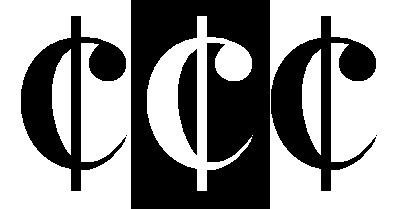Our Venue
Assembly Room
Council House
North Street
Chichester
PO19 1LQ
History of the Assembly Room
The Assembly Room has been the setting for many musical and social events over the years. Concerts and balls have marked important occasions such as the Battle of Trafalgar, the Coronation of William IV in 1831 and the passing of the Reform Bill in 1832.
In the late 18th century John Marsh, musician, composer and resident of North Pallant, organised subscription concerts and was the moving spirit behind the installation of an organ and music gallery on the south wall (removed in 1881).
In 1832 the great Paganini performed in the Assembly Room and the Hampshire Telegraph reported that ‘all the Nobility and Gentry of the city and neighbourhood were present to witness his amazing musical powers’. A few years later, in 1840, Liszt gave two recitals in the Assembly Room and was said to have ‘elicited the most rapturous applause’.
The Assembly Room was built by Thomas Andrews, a local builder, to the design of James Wyatt. It is designed as a double cube with an apse at the east end with four fireplaces, two on each side, each with a niche above. The room was opened in October 1783 and remains one of the few eighteenth-century assembly rooms in the country still used as a place for meetings and concerts.
About the Council House
The Council House is a Grade II listed building steeped in history in the heart of Chichester City Centre. The Assembly Room and Ante Room were added to the Council House between 1781-1783
Car Parking
Parking is free on the streets from 5.30pm and most of the car parks are free at 6pm. (Please note that Northgate and New Park Road charge up until 8pm). This link takes you to the map of car parks. It is possible to drive down North Street after 7pm to drop people off at the Assembly Room.

